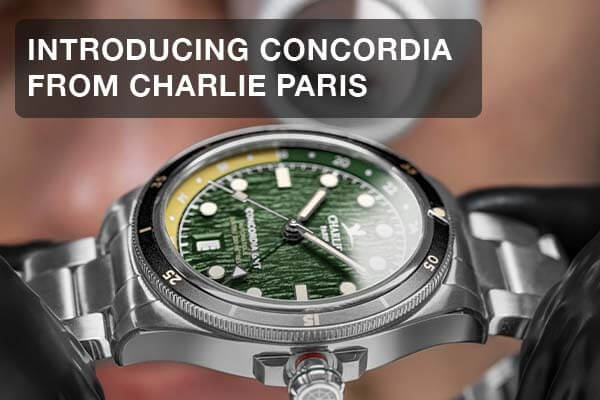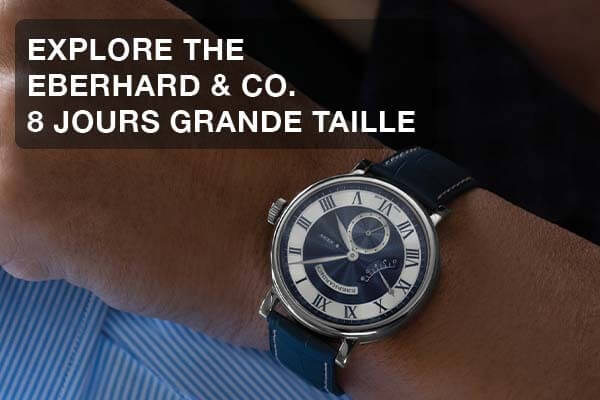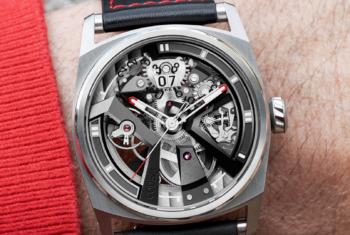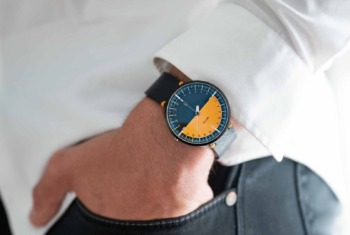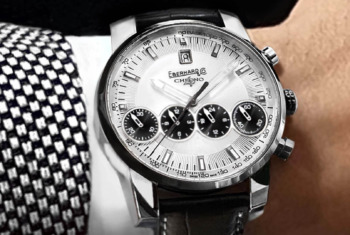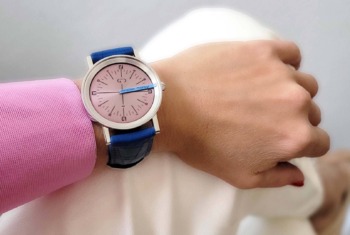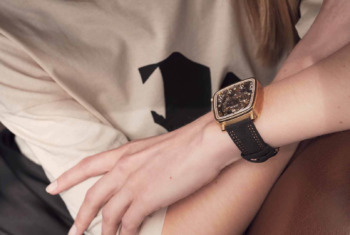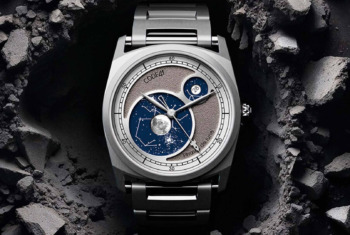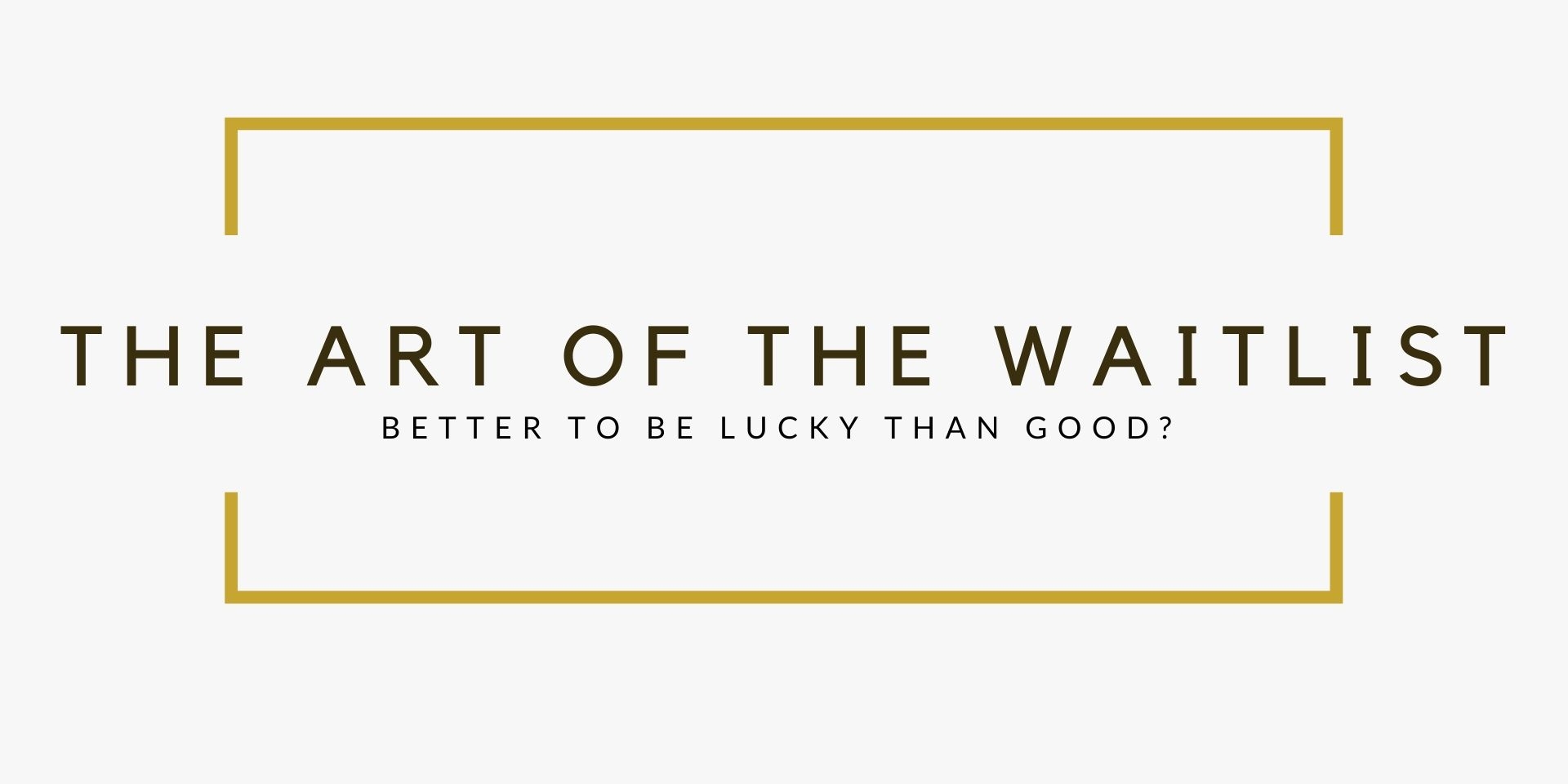
Popular watches can hit the market with the vast majority of their inventory already spoken for, whether by dealers, brand insiders, and others in the know. Is there a way for a mere mortal to move up the list? We spoke to Mike Margolis, American distributor for high-end independent watch brands, to get the scoop on scooping up your holy grail.
A waitlist is a simple case of supply and demand.
No watch companies are transparent about their production numbers, and most companies forecast their production several years out, so it’s hard to know how far away you are from the watch you want in terms of time. And the waitlist itself can have an echo effect, where increased demand causes demand to multiply. “People want what they can’t have,” says Margolis. “When a watch becomes a cult classic, the prices soar and then popularity grows even more, so again, limited supply and higher demand. Some companies will increase production to meet demand, thus making more revenue, while others prefer the waitlist and shorting the market. Every watch company dreams of creating a product that the customers will line up to buy; it’s a pretty rare scenario.”
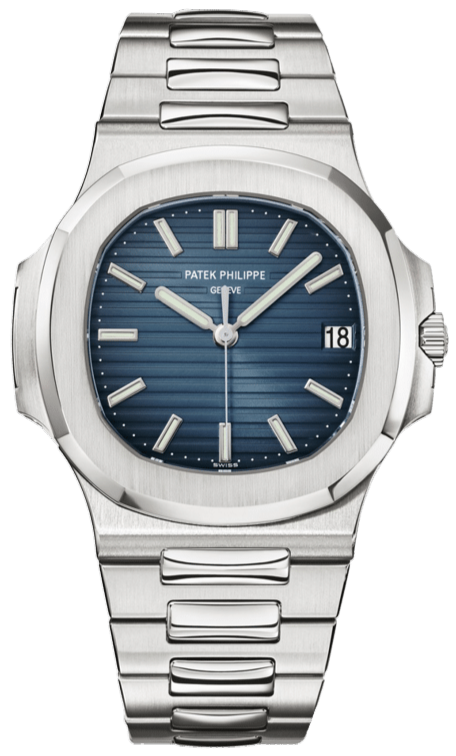
Even more so than time is the question of priority, because a waitlist isn’t chronological in the horological world. A one-time buyer who wanders into a boutique asking for the hottest new thing the day its released won’t necessarily get their watch sooner than a major customer who shows up a week later. Authorized Rolex dealers can’t even officially use the term “wait list” with their customers anymore, while Patek Philippe prefers the term “wishlist,” reinforcing how major brands are trying to take back control of the ultimate distribution of their product. That means a couple of things for you, the customer, as you’re playing the waiting game.
Correctly playing the waiting game
First is that for truly hot items, it helps to have a relationship with a brand, rather than a retailer. “If the brand has boutiques or direct sales channels, they’ll try hard to keep the retailers from getting the high demand product, driving sales at full retail to their own outlets rather than at wholesale price to a retailer,” says Margolis. If you’re a true devotee of a particular house, purchasing directly and getting some face time at some brand-owned outlets could benefit you in the long run. But it’s not an ironclad guarantee–ultimately when there isn’t enough stock of a truly hot item, even some VIPs will necessarily get passed over. And the brand doesn’t necessarily feel pressured to do much for even its well-heeled customers: “Some folks get disappointed (think Ford GT demand vs supply), says Margolis. “Others will go to the secondary market and pay over retail just to get their desire fulfilled.”
However, don’t think that your shopping habits aren’t a factor, because brands certainly pay attention to which specific buyers are frequent fliers on their sales sheet. That’s certainly true at brand stores, as well as for authorized retailers, who often have to take on less-desirable models to get access to the hottest options. If you’ve taken a few of those off their hands, they’re more likely to remember you when your dream watch comes in. And if the brand or store you patronize isn’t watch-specific, don’t limit yourself. “Really, I think it’s all about the spend. Buy a $100,000 engagement ring, and see how fast you’ll move up the list for that Daytona,” says Margolis.

The chatter on many watch forums and among collectors points to a pattern of brands paying attention to what happens after you purchase, too. In an active secondary market, watch flipping is increasingly common, so while we couldn’t get retailers to confirm or deny this, consider the existence of a potential blacklist if you have a true desire to collect–your reselling activities might seriously affect your ability to purchase over the long term.
Conclusion
Ultimately, though, as they say, it’s better to be lucky than good. Even serious collectors like Margolis rely on a stroke of good fortune now and then. Searching for a rare Panerai back in 2006, he says, “I was lucky enough to get on the Beverly Hills boutique’s waiting list, and my watch did come through.”
About the author



